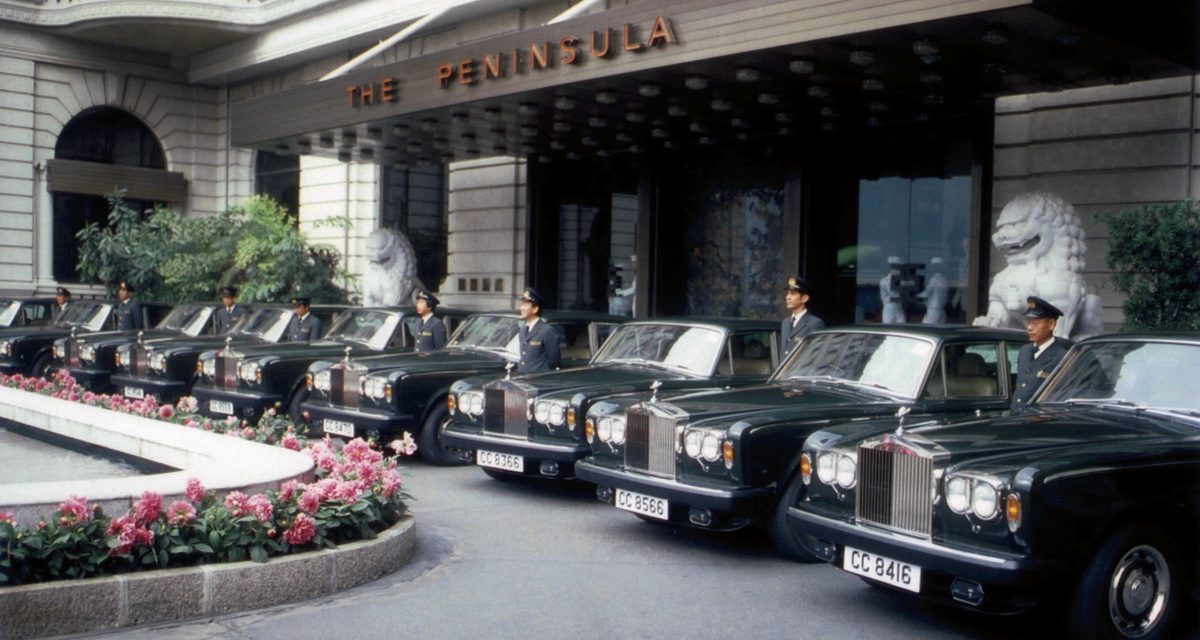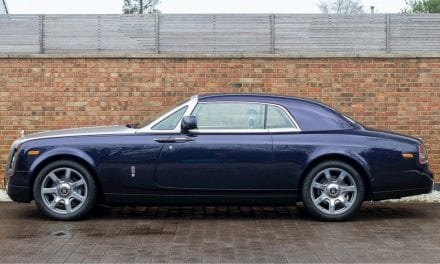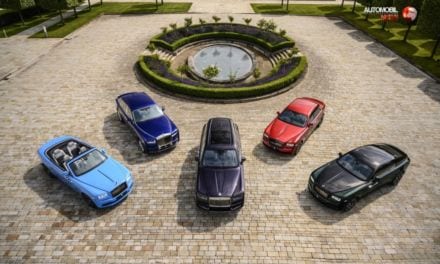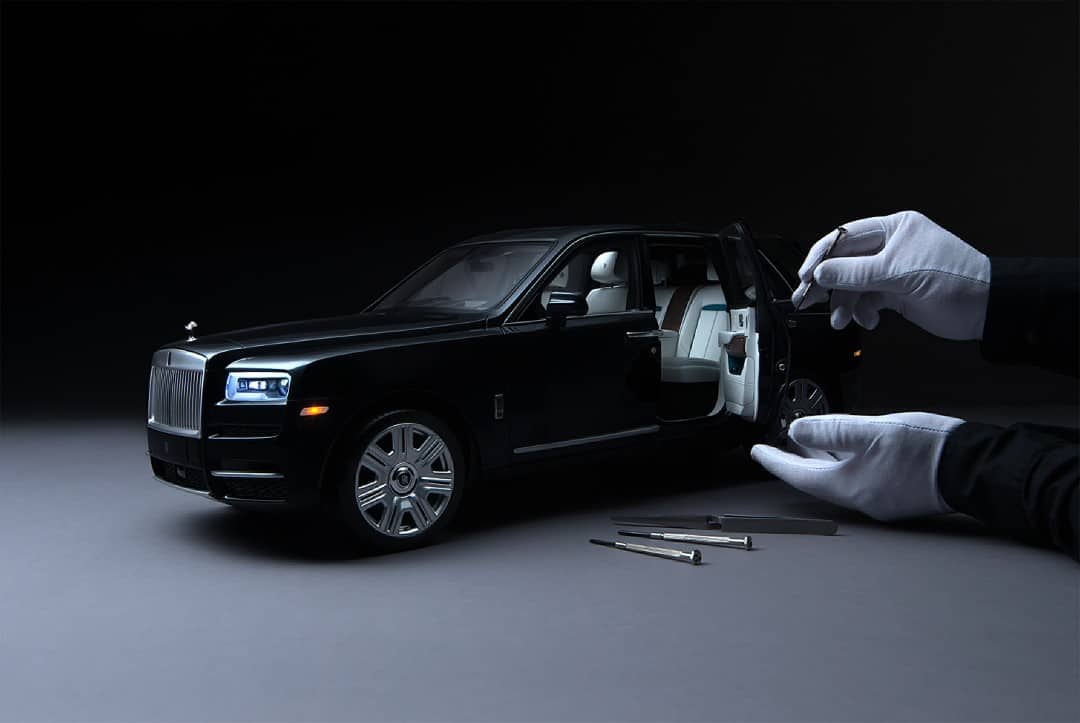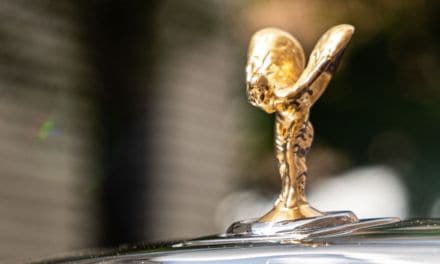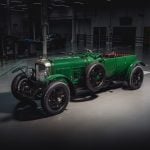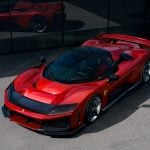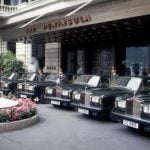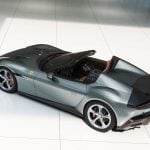If cars had resumes, the Rolls-Royce Silver Shadow would list “Changing the Game” as its top skill. A revolutionary departure from tradition, this car wasn’t just about luxury — it was a blueprint for the future of Rolls-Royce. Introduced in 1965, the Silver Shadow combined groundbreaking engineering, timeless design, and unmatched comfort to become a symbol of opulence that left its predecessors looking… well, a bit old-fashioned.
Here’s a deep dive into what made the Silver Shadow so special, and why it remains a favorite among classic car enthusiasts and collectors nearly 60 years later.
The Prelude: A Mid-Century Challenge
By the early 1950s, Rolls-Royce was facing a problem. Their flagship model, the Silver Cloud, was undoubtedly luxurious but also, let’s face it, a bit of a behemoth. Customers were evolving. They wanted something sleeker, smaller, and more practical for modern roads but without compromising the plush interiors or the brand’s aura of exclusivity.
The answer lay in technology that was just gaining traction in the automotive world: monocoque construction. Instead of using a separate chassis and body, this method integrated the two into a single structure. Think of it as the difference between a tailored suit and an off-the-rack outfit — monocoque construction was custom-fitted luxury.
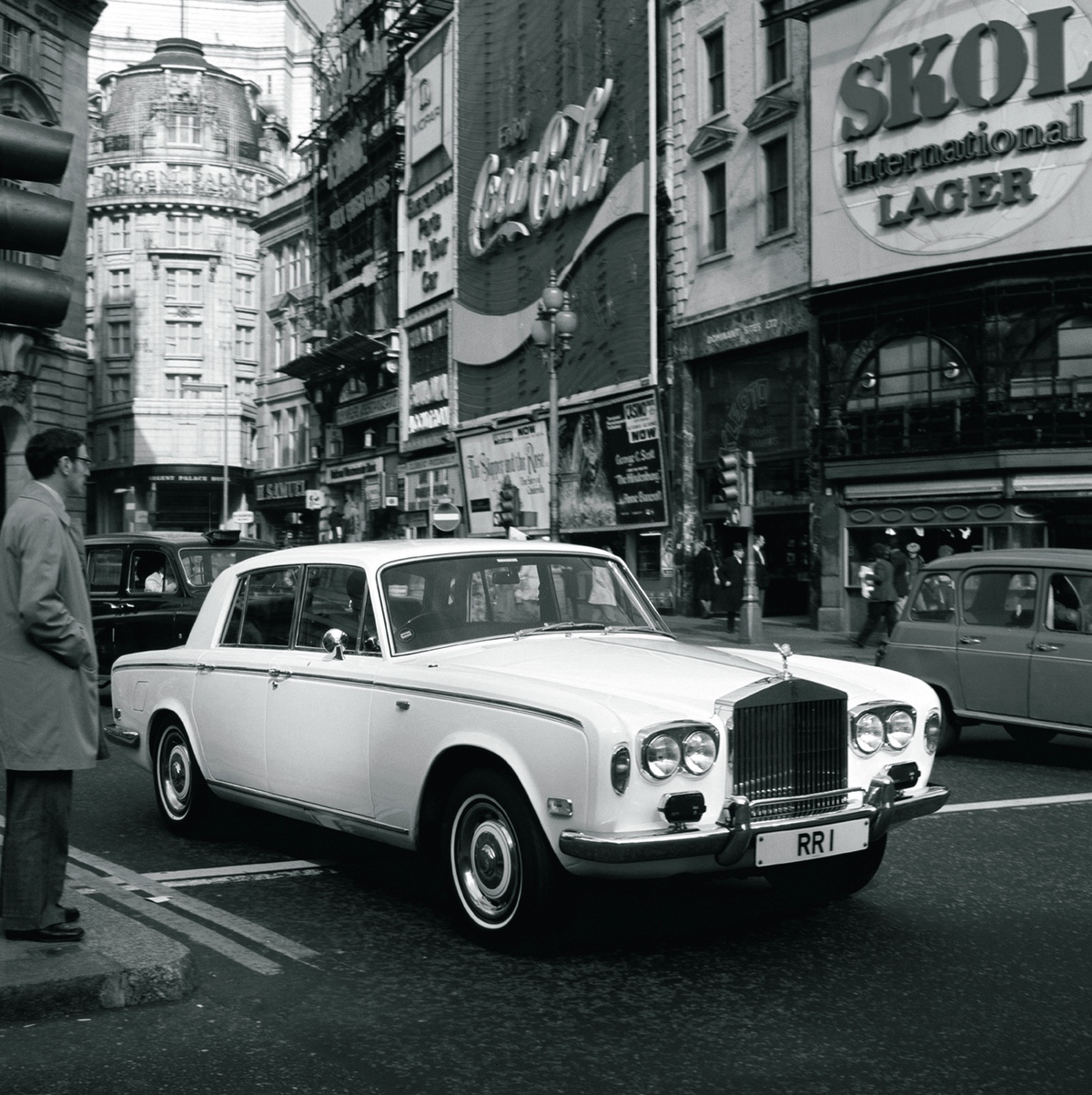
The Birth of a Revolutionary Design
Development began in earnest in 1958 under the codename “SY.” Engineers experimented with prototypes of varying wheelbases, finally deciding on a compact 120-inch design. The goal was to maintain the spacious, airy cabin Rolls-Royce customers demanded while significantly reducing the car’s overall footprint.
The mastermind behind the Silver Shadow’s styling was John Blatchley, a designer with an impressive resume and an even more impressive sense of restraint. His mission? Create a car that looked modern enough for the 1960s but timeless enough to age gracefully over the next decade or more. And he nailed it. The Silver Shadow was a visual masterpiece, with clean lines and proportions that whispered sophistication rather than shouting it.
Under the Hood: Engineering Brilliance
While the Silver Shadow’s design was sleek, the real magic happened beneath the surface. Borrowing the V8 engine and Hydramatic four-speed automatic transmission from its predecessor, the Silver Cloud III, the Shadow introduced a host of mechanical innovations that set it apart:
-
Monocoque Body Construction
This was a first for Rolls-Royce, and it fundamentally changed the way their cars were built. The monocoque body improved torsional rigidity, making the car more stable and reducing vibrations. It also allowed for better interior space management — even though the Silver Shadow was smaller than the Silver Cloud, it offered more room for passengers and luggage. -
Self-Leveling Suspension
Adapted from Citroën’s hydraulic systems, Rolls-Royce’s version of self-leveling suspension ensured that the car maintained its iconic “magic carpet ride,” regardless of passenger load or road conditions. This was the automotive equivalent of floating on air — literally. -
Four-Wheel Disc Brakes
Another first for Rolls-Royce, disc brakes on all four wheels provided the kind of stopping power you’d expect from a vehicle weighing more than 2 tons. -
Electrically Operated Everything
In a move that foreshadowed the gadget-filled cars of today, the Silver Shadow came with electrically adjustable front seats and an electrically operated gear selector. Fancy!
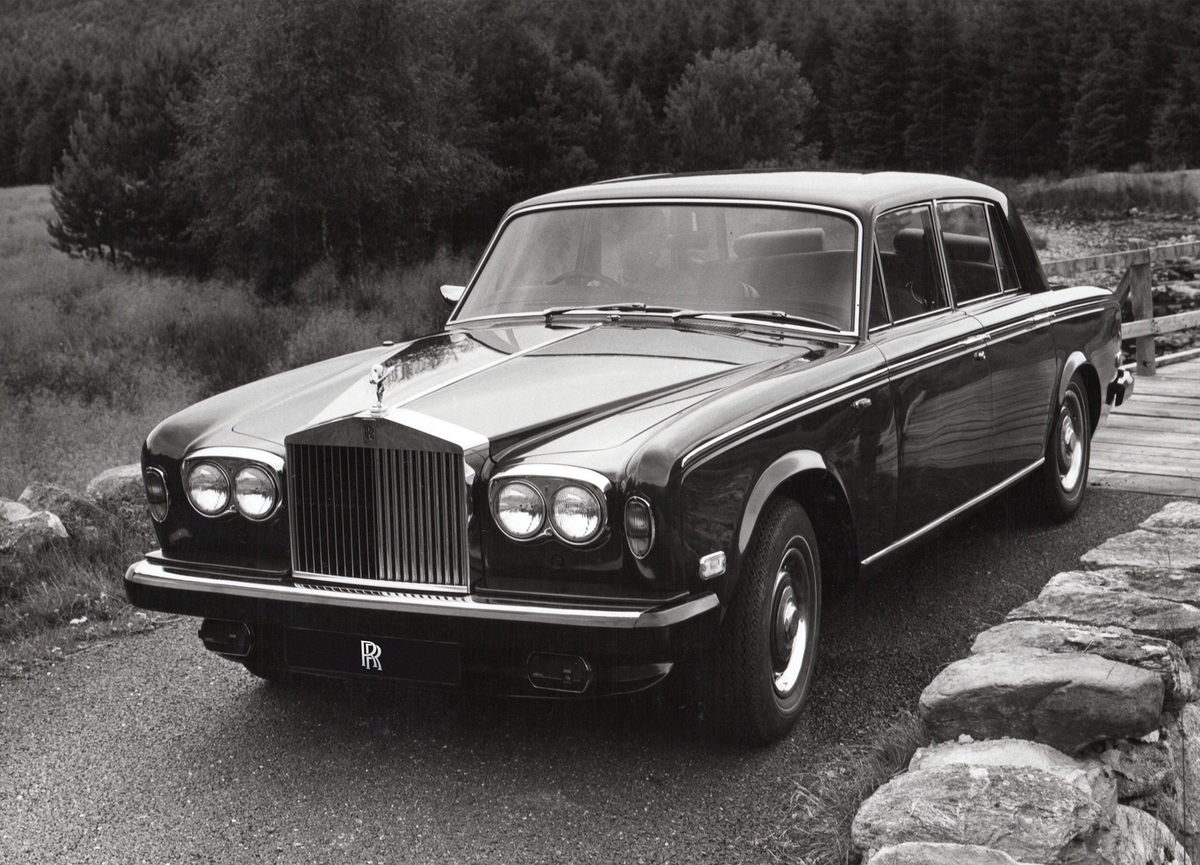
Driving in Silence
The Silver Shadow didn’t roar down the road; it glided, hushed and dignified. Thanks to its innovative Vibrashock mountings, road noise and vibrations were virtually eliminated. The result? A serene driving experience that one journalist famously likened to “driving in a soundproof living room.”
Belgian motoring journalist and Le Mans winner Paul Frère recalled speeding down the autoroute at 110 mph in a Silver Shadow while feeling as relaxed as if he were on a leisurely Sunday stroll. “I arrived in Monaco after 700 miles feeling as fresh as I’d started,” he said. And let’s be honest, no one would ever call a Monaco arrival unimpressive.
A “Sporty” Rolls-Royce? Yes, Really!
Sportiness isn’t a word you’d usually associate with Rolls-Royce, but the Silver Shadow had a playful side. In 1966, the brand introduced two-door variants, including a fixed-head coupe and a drophead coupe, crafted by Mulliner Park Ward. These sleek models added a dash of dynamism to Rolls-Royce’s otherwise sedate lineup.
By 1968, the Shadow traded its original four-speed automatic gearbox for a new GM-sourced three-speed transmission, which provided smoother shifting and a slightly sportier edge. The suspension was also stiffened slightly to better handle Europe’s winding roads, a move that earned praise from driving enthusiasts who appreciated the car’s newfound composure.
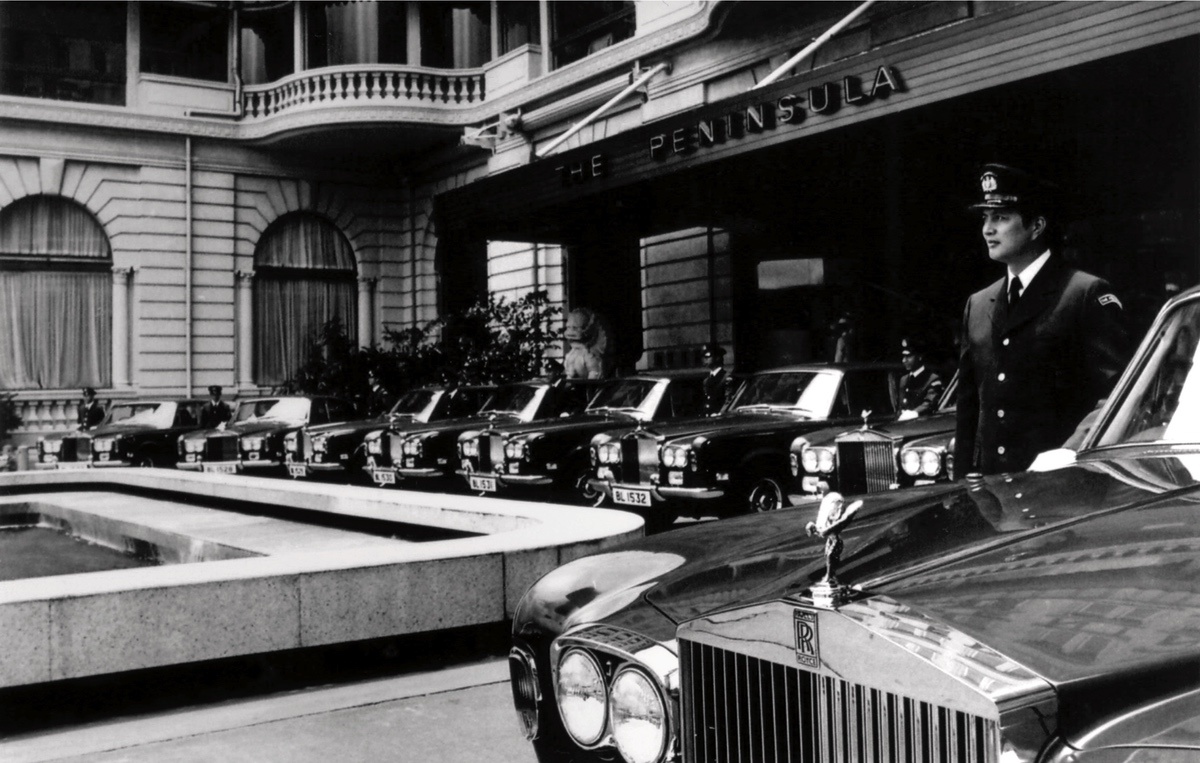
The Long-Wheelbase Revolution
In 1969, Rolls-Royce launched a long-wheelbase version of the Silver Shadow, catering to customers who believed legroom was more than just a feature—it was a necessity. Mulliner Park Ward handled these conversions by extending the body by 4.5 inches, giving rear-seat passengers enough space to stretch out like royalty (or actual royalty, in many cases).
The Silver Shadow II: A New Era
By 1977, the Silver Shadow had evolved into the Silver Shadow II, a car that catered more to drivers than ever before. Key upgrades included rack-and-pinion steering, improved suspension settings, and a cleaner, more efficient exhaust system. Inside, the dashboard got a major overhaul, featuring better ergonomics and an advanced split-level air conditioning system.
Visually, the Shadow II gained large-section black bumpers in the U.S. (thanks to federal safety regulations) and a sporty front spoiler for European markets. These updates gave the car a more contemporary look while retaining its classic charm.
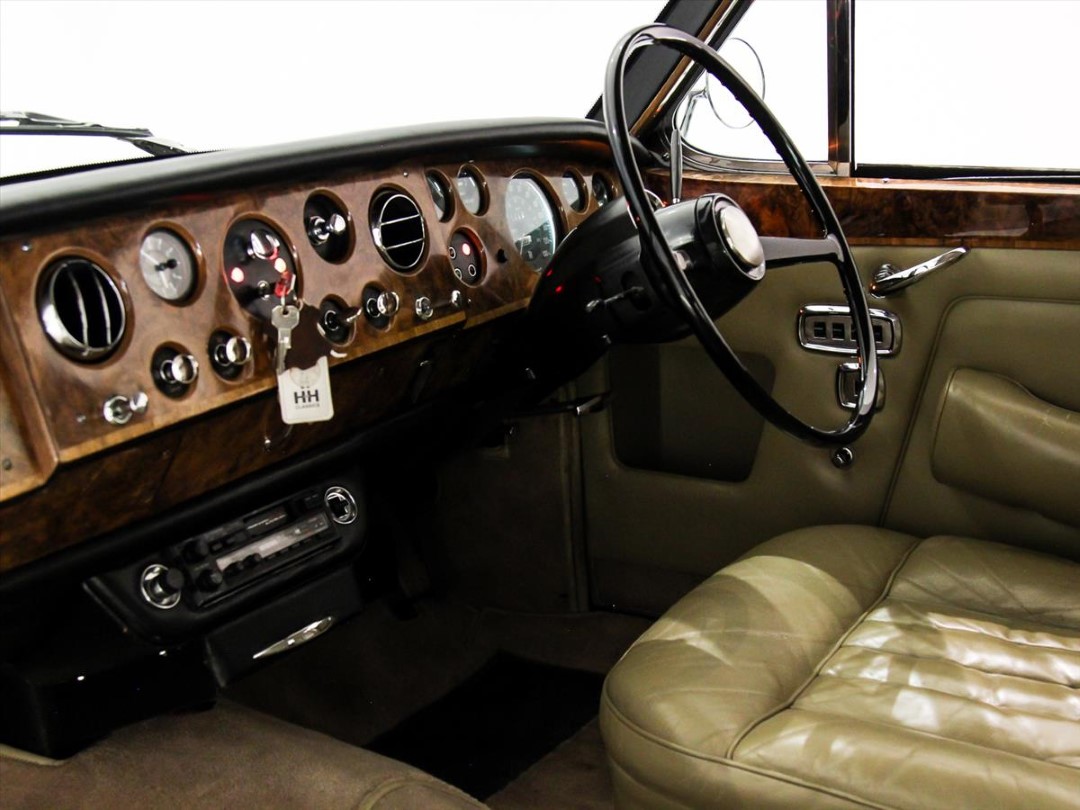
A Cultural Icon
The Silver Shadow wasn’t just a car for the elite; it became a symbol of success in pop culture. From chauffeuring rock stars like Freddie Mercury and Mick Jagger to appearing in iconic movies, the Silver Shadow captured the imagination of an entire generation. Its sleek lines and effortless presence made it a favorite among celebrities, heads of state, and even fictional villains.
Legacy and Enduring Appeal
Production of the Silver Shadow ended in 1980, making way for its successor, the Silver Spirit. But the platform it pioneered lived on, underpinning Rolls-Royce models well into the late 1990s. With over 37,000 units produced, the Silver Shadow became the best-selling Rolls-Royce of its time — an impressive feat for a brand that thrived on exclusivity.
Today, the Silver Shadow is a sought-after classic, beloved for its timeless design, innovative engineering, and unmatched comfort. Whether gliding down Rodeo Drive or parked outside a stately manor, it continues to turn heads and spark admiration.
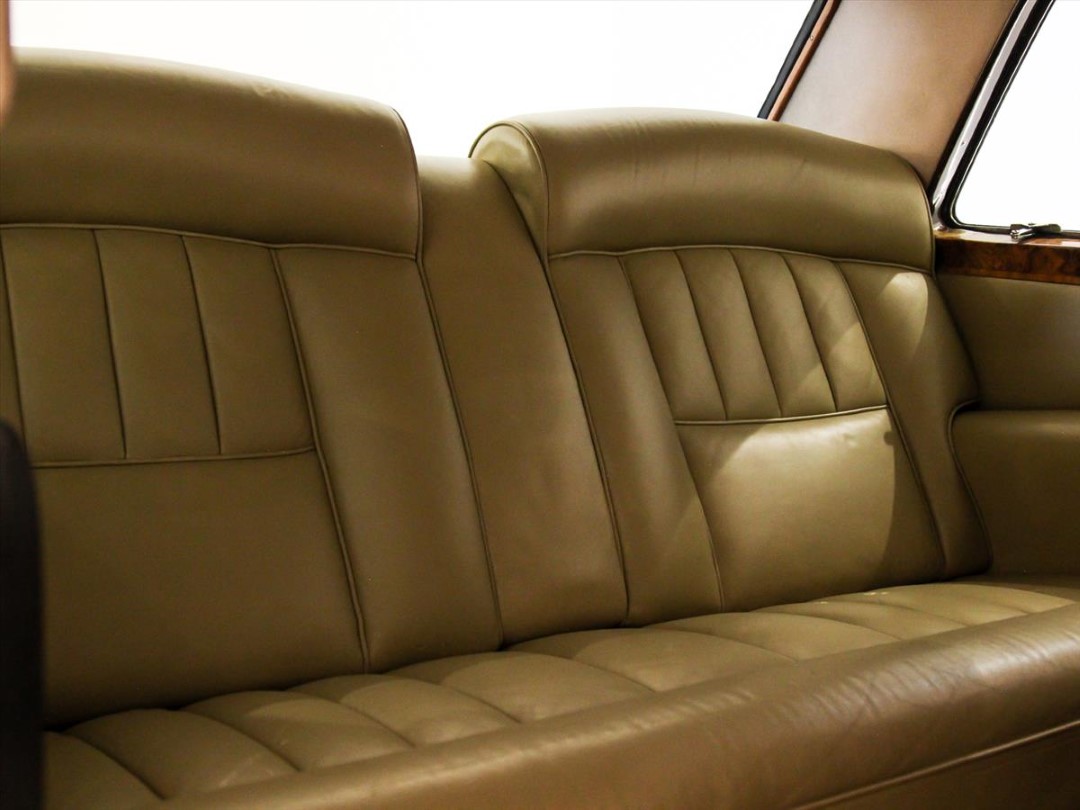
Why the Silver Shadow Still Matters
The Silver Shadow wasn’t just a car; it was a statement. It proved that Rolls-Royce could embrace modernity without losing its soul. As Andrew Ball, Head of Corporate Relations at Rolls-Royce, aptly put it, “The Silver Shadow is a true modern classic, fondly remembered by those who knew it at the time and increasingly popular with a new generation of Rolls-Royce enthusiasts.”
And honestly, who wouldn’t want to own a car that makes 700 miles feel like a cozy Sunday drive? The Silver Shadow didn’t just transport its occupants; it elevated them, wrapping them in a cocoon of refinement that remains unmatched even today.

